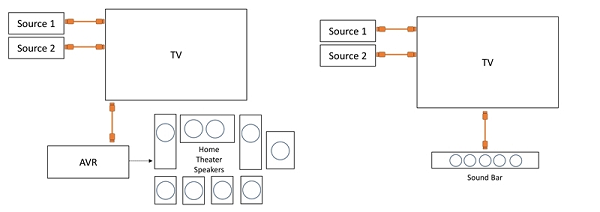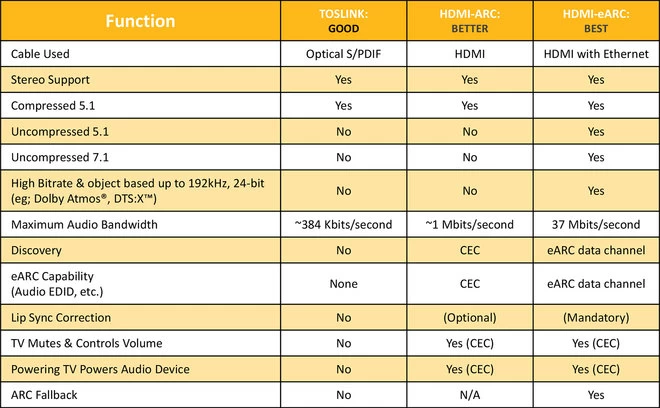ARC vs. eARC: What you need to know
If you're setting up a home theatre system or looking to improve your audio setup, you may have come across two terms: ARC and eARC. These two technologies relate to how audio is transmitted between your TV and external audio devices such as soundbars and AV receivers. In this post, we'll take a closer look at what ARC and eARC are, how they differ, and which one may be right for you.



